“D eveloping the sculpture park is a Sisyphean work. It never ends,” says Christen Sveaas, the Norwegian businessman and art collector who has peppered a patch of pine and spruce forest north of Oslo with monumental works by artists such as Anish Kapoor, Marc Quinn and Olafur Eliasson. Kistefos Museum, the result of his labours, is indeed a mythic venture, but in the Nordic, rather than Greek tradition.
I meet Sveaas at the Oslo offices of his investment company, where his corner office overlooking the Oslo Fjord is as striking as his collection. An ornate 19th century French desk is spread with papers, the walls pop with bold contemporary works and next to his chair sits a vitrine of antique Norwegian silver. “I’m a colourful guy,” he notes as we sit down to talk.
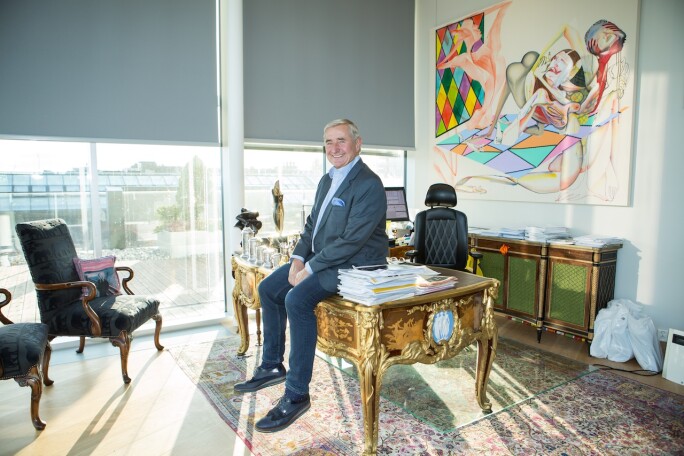
The success of Kistefos, which turned his family’s historic wood-pulp mill on the Randselva river at Jevnaker into a feted contemporary art destination, is often folded in with the current artistic renaissance in Norway. In recent years, a series of headline-grabbing cultural sites have appeared in and around Oslo, including a new Norwegian National Museum, which has just opened next door to Sveaas’ waterfront office at a cost of £500 million.
Sveaas considers himself an outlier in this regeneration. “I’m a loner,” he says, smiling. “I do what I like.” He is also measured about the current boom. After the Second World War, he explains, Norway was a relatively poor country until, in the late 1960s, it struck oil in the North Sea. “Basically, we won the lottery,” he says, adding that unlike many other oil-rich nations, its cultural projects “have been very modest”.
A certain introspection, fuelled in part by economics, runs through the history of Norwegian art. “We were a colony of Denmark and Sweden for 500 years,” explains Sveaas. “That, of course, is deeply rooted in our folk souls. Norway was always the raw material country. We had the timber and we had the fish.” A seam of rustic pragmatism shaped the 19th century work of Edvard Munch and Harald Sohlberg. “They were painting the inner landscape,” says Sveaas. “You can bring Ibsen in there too.”
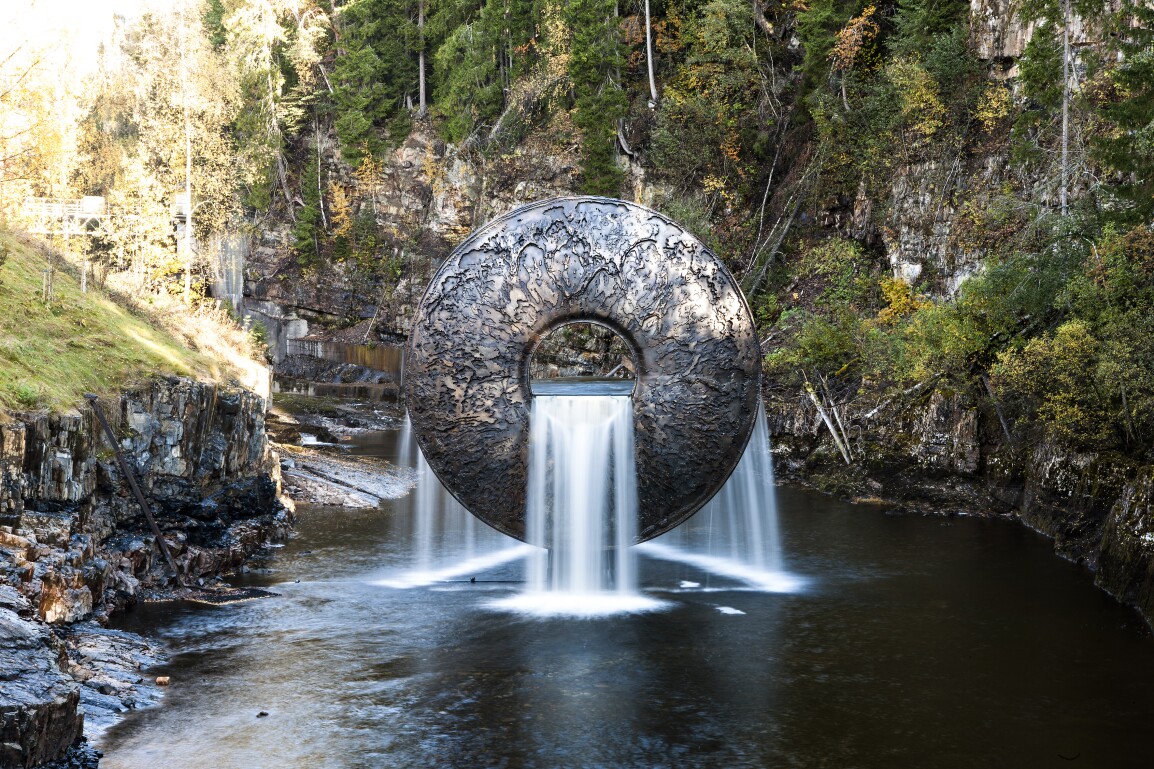
The Nordic modernists appear in his picture collection, but more recent works dominate, from the colour-saturated work of Howard Hodgkin to Martin Kippenberger’s cryptic compositions. Two refrains echo throughout: audacious hues, of course, but also an interest in the tipping point between the representational and the abstract, the way nature, forms and figures are viewed through unusual prisms. Sveaas smiles: “This has a word: I call it mystery.” He points to one of the works on his wall, a vivid abstract painting by Albert Oehlen. “What is this? It’s very colourful, it has some kind of creation and combination. I mean, just what the hell is this? I like the mysteriousness.”
The enigma of art provides a counterpoint to the business of business. And the two don’t mix. “I hardly ever sell anything: such things you regret,” Sveaas states. Yet, art and finance literally coexist in his offices – his Chief Operating Officer shares a room with a mischievous Gilbert & George – and Sveaas acknowledges the gladiatorial aspects of collecting: “Of course, it’s a competitive quality. I own it. It’s mine. You haven’t got it and you will never get it. But every auction there is a new record for some artist. And if I’m the lucky guy owning works of one of these artists, if I was a speculator or investor in art, I would resell that painting in the next auction or privately at a big price. And I don’t do that.”
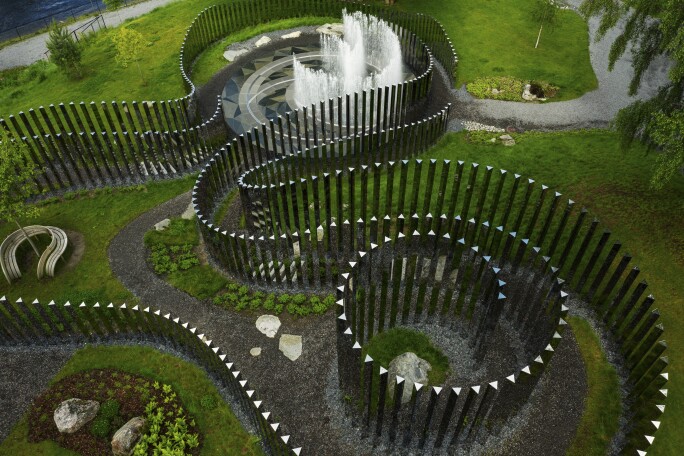
Instead, he shares his art with others. And Kistefos, which is an hour’s drive from the capital, is the apex of that engagement. The pulp mill was opened by his grandfather, Anders Sveaas, in 1889 and a community of workers lived there until its closure in 1955 (this history is celebrated in an industrial museum in the original Victorian buildings). It would be half a century before Anders’ grandson reimagined the site.
While the rural platform is ancestral, what Sveaas calls his “collecting gene” developed incrementally. Did he know as a child that it was a drive? “No, I didn’t. There are basically no collectors in my family, apart from my grandfather, who was a stamp collector.”
Founding a museum has been a learning curve: Kistefos is a punishing site for the display of works of art. “We have the large river running through the area and it’s in a valley. So, in summer it gets pretty warm and in winter it gets pretty cold,” Sveaas explains. “A sculpture will have to endure plus-30 to minus-30 degrees Celsius. Which is complicated. In Norway, sometimes in winter we have two metres of snow.”
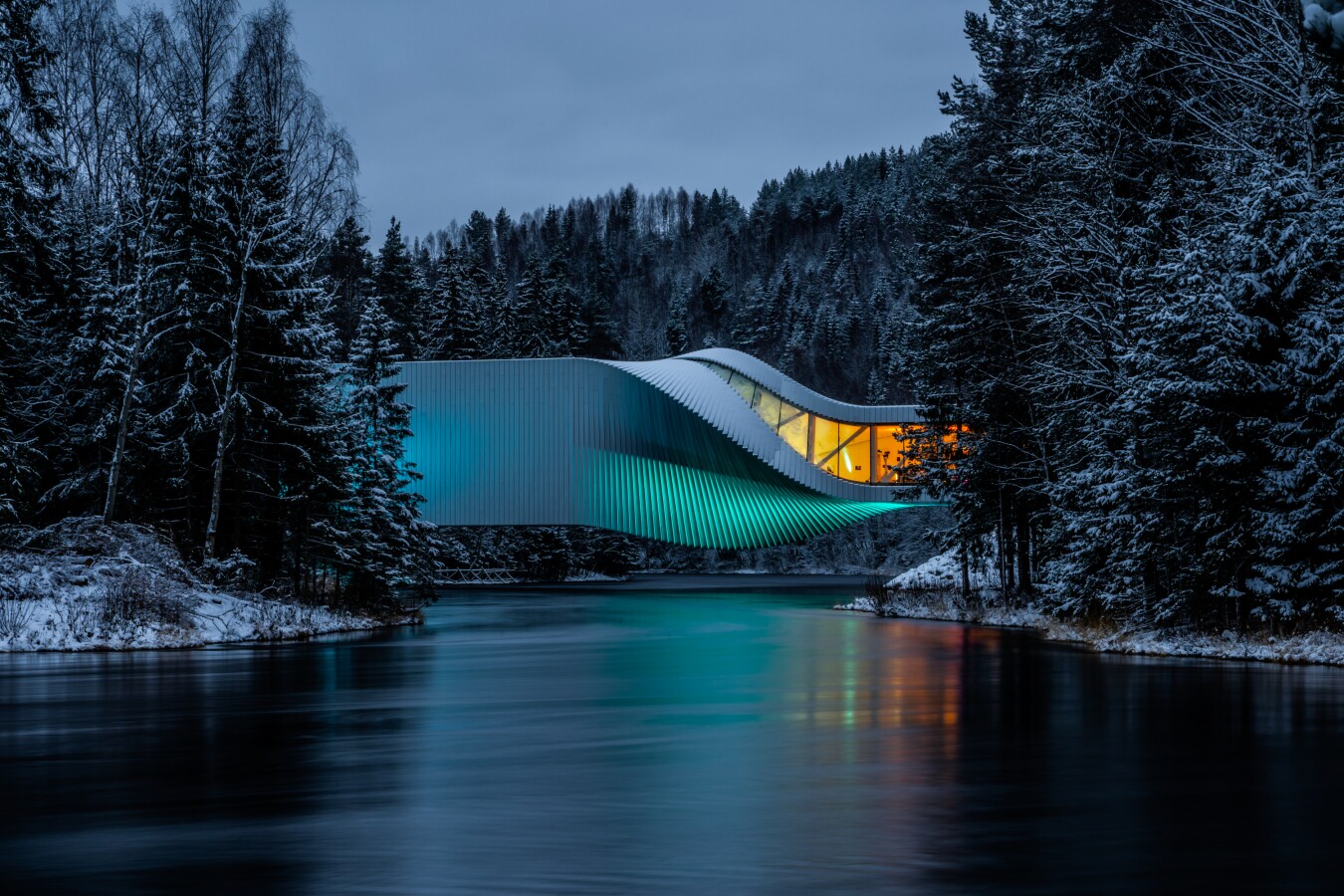
In 2019, he opened its most dramatic feature: The Twist, which Sveaas describes as “a gallery, a bridge and a sculpture itself”. Designed by Bjarke Ingels Group, it is a spiralling sensation in the landscape, an architectural dance move that folds over on itself as it shoots across the river. Looking through its interior is like peering through the half-closed aperture of a camera lens. While, outside, the building’s belly dips to the water like the swoop of a kingfisher. Intended for visiting exhibitions, The Twist currently holds a career-spanning survey of Polish painter Paulina Olowska. It also allows visitors a respite from the weather.
In the early 2000s, at the beginning of the Kistefos project, Sveaas bought some editioned sculptures. He soon changed tack. “Finally, I decided, twelve years ago, I only want site-specific, unique works in our park. Because then our park is the only place in the world you can see these things.” In addition, Sveaas insists artists visit the site and personally engage with the valley’s distinctive atmosphere. “Every artist who has made works for us has come to us except Yayoi Kusama, who does not travel.” On a sculpture terrace surrounding his office, a mini-Kusama waves its tentacles towards the fjord.
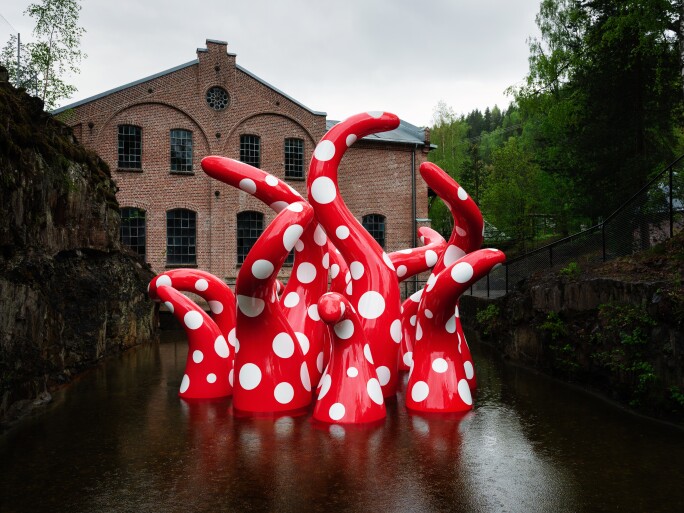
At Kistefos, Kusama’s parent piece, Shine of Life, emerges from the mill’s water tank like a sea-monster. Such playful sculptures infuse the landscape with curious narratives: giant pin-tacks, created by Oldenburg and van Bruggens, appear to tumble down the hillside; Olafur Eliasson’s kaleidoscope refracts the forest into a myriad of mirrored verdant views; in the summer, children dance in the water jets at the centre of Jeppe Hein’s Path of Silence.
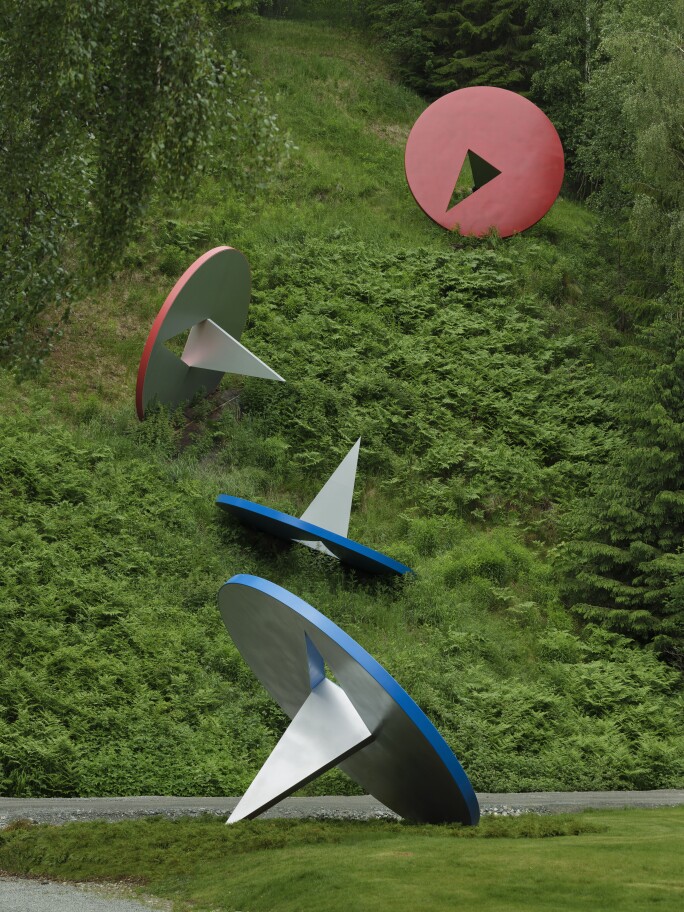
The cross-pollination of Norwegian and international art is a key concern for Sveaas. In recent years he has donated 19th century works by Norwegian masters such as Johan Christian Dahl and Peder Balke to the Metropolitan Museum in New York and the Kunsthaus Zürich. He also regularly loans works: artist-curated selections from his foundation collection are on view at the Whitechapel Gallery in London throughout 2022 (the latest, by Hurvin Anderson, runs until 7 August).
Is Sveaas surprised by what others pull out from his collection? “I don’t think surprised is the right word because I’m not that easily surprised,” he says. “I think it’s interesting that they’re not curators by profession, they are artists, so they have a different view.” He is equally magnanimous with the Kistefos sculptures. “If I commission something I don’t have to like it,” he says. Although, while artists are granted creative freedom, he admits: “I have said, a few times, to some artists, ‘Come on, this is not good enough. Can you present me with something else?’ I won’t mention any names.”
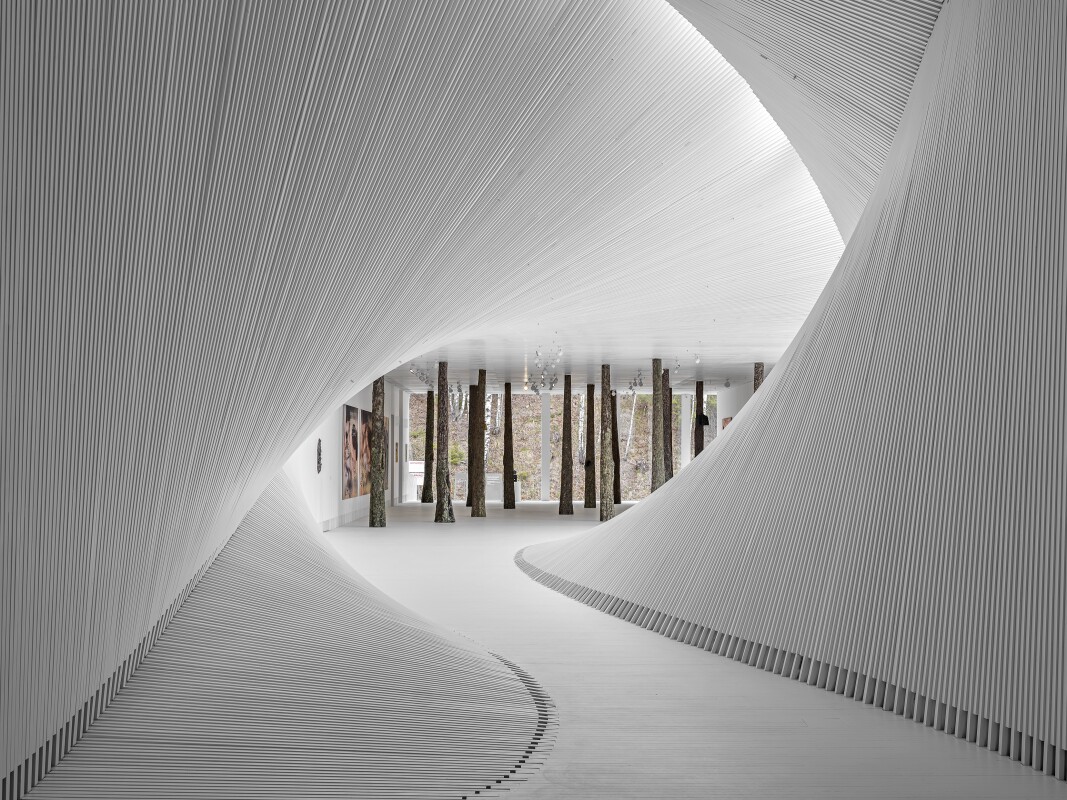
Veteran sculptors, from Giuseppe Penone to Fernando Botero, are well represented at Kistefos, but Sveaas insists that the park will continue to be shaped by “new minds” as much as famous names, and Norwegian artists as much as international figures. Today, he says, “the contemporary art world in Norway is as diverse as anywhere else.” In August, a new work by Norwegian jewelry artist Tone Vigeland will become the park’s 51st sculpture.
A sense of adventure remains the guiding principle behind Sveaas’ collecting life, as is the linkage between past and present. At Kistefos, he notes, the pulp mill once “had its own school, its own soccer team. It was a very small society.” Following its closure, the industrial buildings lay mothballed for nearly half a century. “Like a ghost,” says Sveaas. An art museum breathing new life into a ghost? That certainly feels like a mystery worthy of Ibsen.